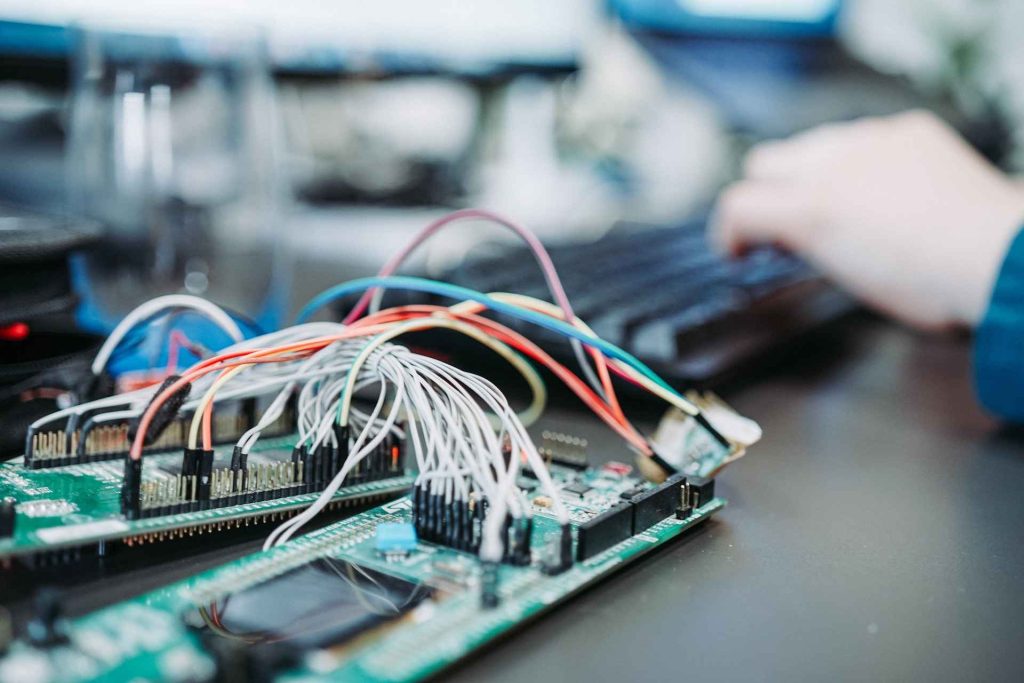IoT (Internet of Things) technology has made it possible for all things around us to make our lives easier. From smart TVs to cars and trackers, IoT is everywhere. However, IoT devices can do so much more when combined with an embedded system!
If you were wondering how the POS terminals work or how smart devices leverage various features, know that an IoT-embedded system was behind it. It’s important to understand how they work and what innovations are based on them, so we’ll get into their description briefly.

Contents
What is an IoT embedded system more exactly?
There are differences between these two technologies that make them blend so well. IoT facilitates everyday actions by connecting to the internet, while an embedded system has a custom purpose and is usually packed with sensors to monitor what’s around the device.
An IoT embedded system simply has an internet connection and has software installed to allow performing. There’s also the concept of a single-purpose device that uses IoT and an embedded system to perform one specific task; some examples include kiosk devices, POS systems, and self-checkout.
An IoT-embedded system is usually introduced in technologies such as the following:
POS terminals, which help connect the device to payment gateways through an internet connection and have scanners attached to receive input from card readers, for example;
Vending machines, where the technology alerts employees when the device needs items to be refilled but also provides a touch screen and credit card reader;
Ticket scanners, when the embedded system reads information through a scanner, especially at event venues, and gathers data essential for event organizers;
Of course, an IoT-embedded system has plenty of other functionalities, so you can learn more about the benefits of these systems to improve your company. However, you can create your own IoT embedded system and only need the proper hardware and software products.
What do you need to create an IoT-embedded system?
With both hardware and software included, an IoT-embedded system requires time and attention to be created and become an efficient tool. The supported hardware can consist of Raspberry Pi models, single-board computers, or even an Intel NUC. These systems offer enough memory and storage to assist in various use cases. Regarding software solutions, you don’t need something fancy or expensive. The usual operating systems for IoT embedded systems are Android or Linux.
Here’s when things get complicated. Installing such software requires you to search for hardware versions that properly work with the software. At the same time, the software must have solid infrastructure features to support new builds.
Installing your software on an Android might be a better choice, however, as it’s more advantageous. That’s because it leverages a simple user interface, and the touch-screen support is easily accessible. At the same time, Android can be altered to support remote management of devices and even IoT updates.
So, by choosing the best solutions and researching hardware and software, you can create your own IoT-embedded system and benefit from it.
Bottom line
An IoT-embedded system can be more or less used in anything. With the help of a stable internet connection and great hardware and software, new devices can be used for companies to make customer service easier as well as provide a flow in operational businesses.



